Exploring Parasomnia: Understanding Sleep Terror and Paralysis

Parasomnia includes disruptive sleep disorders like sleepwalking, sleep paralysis, nightmares, or sleep terror. So, let’s explore the types, symptoms, and causes of parasomnia. For example, is there a treatment for consistently interrupted sleep? Let’s find out.
What Is Parasomnia?
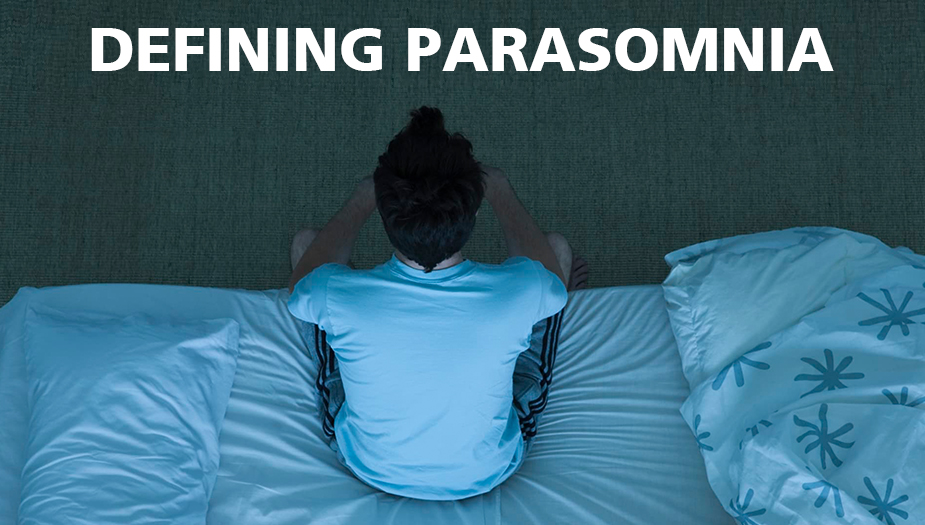
Parasomnias classify as disruptive sleep disorders. For example, a parasomnia sleep disorder may include irregular movement during sleep, talking, or body movement. Some parasomnias include sleep terrors, sleepwalking, nightmares, sleep eating disorders, and sleep paralysis. Studies have certainly found that up to 66% of people have experienced some form of parasomnia, with sleep talking being the most common. While mild parasomnia like sleep talking might not be a big deal, some parasomnias could be severe. Clinical phenomenas arise as our brain changes between REM sleep and being awake. Luckily, parasomnias can be diagnosed and efficiently treated. However, certain parasomnias may signal the onset of severe medical disorders, and some might just be a minor annoyance to your or your sleeping partner. How serious might your sleep arousals be?
Sleep Arousals
If you or your sleep partner has noticed sleep arousals, it is essential to quantify and classify the form of sleep arousal you are having. For instance, it is important to note that sleep arousal does not necessarily mean waking up from sleep. The arousal can be partial, interrupting the deep or slow-wave sleep cycle. Even if you don’t wake from arousal, it can still critically interrupt important sleep cycles. Likewise, different behaviors may happen during a sleep arousal. These can include simple things like mumbling or talking in your sleep to more complex actions like sleepwalking. Sleep terrors, sleep talking, sleep paralysis, and sleepwalking are the most common sleep arousals. So, what are some other disruptive sleep disorders? Let’s explore some different parasomnia types.
Parasomnia Types
We have already stated that parasomnia is a disruptive sleep disorder that causes irregular behavior while sleeping. Remember, sleep arousal can occur during any stage of sleep. Likewise, we have briefly covered sleep paralysis, sleep terror, and sleepwalking and talking. What are some other common forms of parasomnia? Bedwetting is common and more frequent in adults than you might assume. Confusion arousal means having confused sleep arousal, potentially causing you to cry or shake. Teeth grinding can cause tooth pain and headaches. There are even some less-common parasomnias like sleep texting, sleep hallucinations, or sex insomnia (having sex while asleep). However, probably one of the most terrifying forms of parasomnia is sleep terror, which can cause crying, screaming, pounding heart, and general fear. Let’s dig deeper into sleep terror.
Understanding Sleep Terror
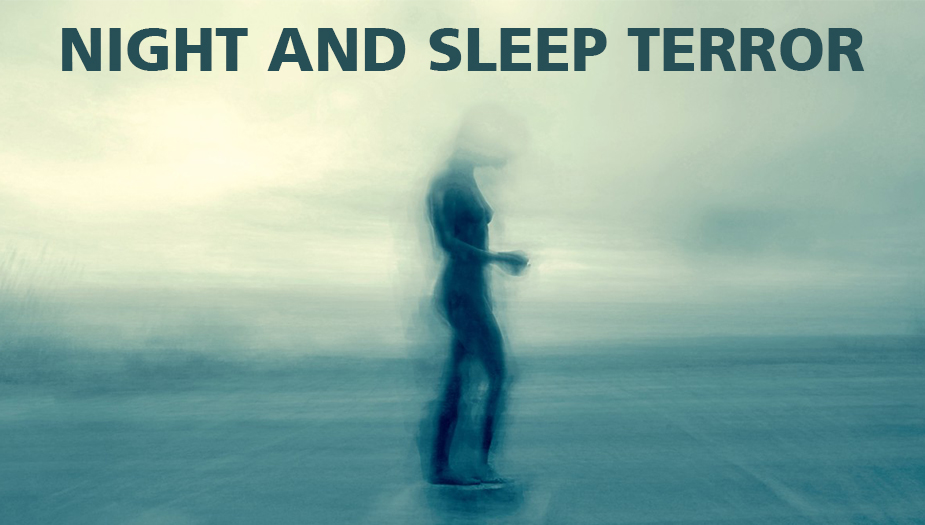
Firstly, sleep terror is one of the more intense parasomnia types, along with sleep paralysis. Sleep terrors are disruptive sleep disorders that can include screaming, extreme terror, and thrashing while asleep. Likewise, sleep terrors can also be called night terrors, and they often pair with sleepwalking. A person who experiences sleep terror may also experience sleepwalking. A sleep terror episode is usually short. You might experience this intense fear for only a few seconds to a few minutes. Sleep terrors affect almost 40% of children, but most children outgrow sleep terrors by the time they are teens. Even though they can be frightening, sleep terrors aren’t usually cause for concern. However, you should always seek medical advice if they are preventing you from getting enough sleep. What is the root of this fear?
Sleep and Fear
For some people, sleep is a source of fear. However, this fear may be worse if they suffer from a parasomnia disruptive sleep disorder like sleep terror or sleep paralysis. Some older adults, for instance, get worried because the amount of sleep they get diminishes. There is a certain amount of powerful anxiety with the idea of not getting enough sleep. This fear compounds with each night of sleep arousal. A sleep disorder manifests over months or years and can become a fear of sleep (or lack thereof). One tip often cited is that if you’re anxious because you’re anticipating a sleep disruption, tell yourself it will happen anyway. Sometimes the fear of “if” is what gets to us. Above all, it is critical to understand that parasomnia, like sleep terror, is treatable.
Treatment of Sleep Terror
If you experience sleep paralysis, sleep terror, or sleep arousal, you might want to talk to your doctor. Your doctor may do a physical exam to identify any conditions contributing to your disruptive sleep disorder. A doctor can diagnose these disorders based on your description of the events. It is essential to be open and honest about your arousals. Your doctor may ask about family history. Does anybody else in your family suffer from sleep disorders? Moreover, you may be required to have an overnight sleep study. In this case, sensors will monitor your brain waves, oxygen level, heart rate, breathing, and eye movement while you sleep. Some who want to try more at-home approaches have certainly found success in sleep enhancement, like binaural audio induction and binaural beats.
Sleep Paralysis Demon
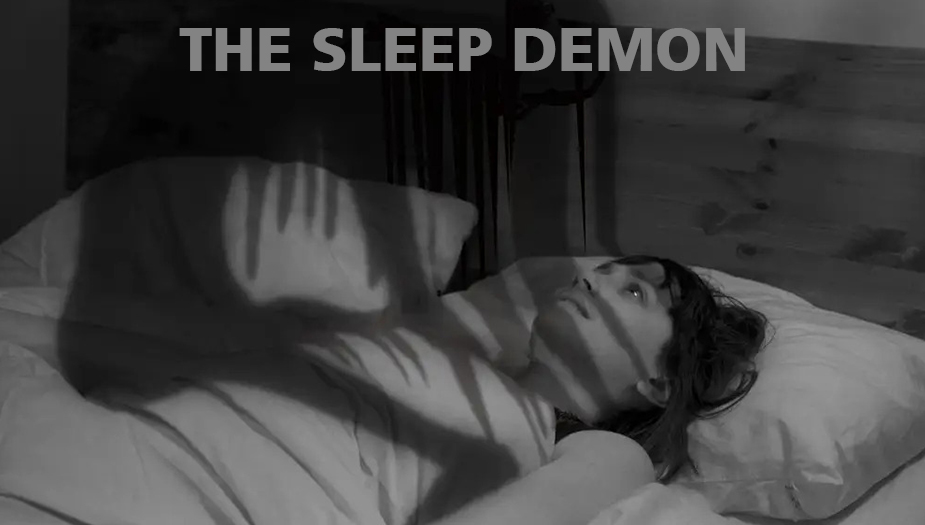
Outside of sleep terror, sleep paralysis can be one of the most frightening disruptive sleep disorders. This intense parasomnia is known as the “Sleep Paralysis Demon.” Sleep paralysis is the terrifying feeling of being conscious but unable to move. It occurs when a person passes between stages of wakefulness and sleep. During these changeovers, you may be unable to move or speak for as long as a few minutes. Some people may also feel pressure, sometimes defined as a sense of choking. Exactly why sleep paralysis happens is unknown. Researchers believe sleep paralysis is caused by a disturbed rapid eye movement cycle because it mostly happens as people transition between wake and sleep. It is also prevalent, with up to 50% of everybody having experienced sleep paralysis.
Narcolepsy and Sleep Paralysis
Narcolepsy is a sleep disorder that causes severe daytime drowsiness that can happen anywhere. Likewise, the daytime sleep incidents come without notice and can happen multiple times a day. People with narcolepsy tend to sleep at night in fragments, waking up often. Narcolepsy is also common, with estimates suggesting that about 1 in 2,000 people have narcolepsy. Moreover, there’s no cure for narcolepsy. But there are ways to ease symptoms. The nature of narcolepsy tends to lead to sleep paralysis, so you will often see them grouped. However, it is essential to note that you can have sleep paralysis episodes and not have narcolepsy. If this is the case, what are treatment options? Sleep terror and other sleep disorders and may require a professional evaluation.
Treatment of Sleep Paralysis
Much like sleep terrors and other sleep disorders, sleep paralysis is treatable. Firstly, tests and the overnight sleep studies we mentioned (also called polysomnography) can help your doctor diagnose sleep paralysis or the narcolepsy connection. Then, they can recommend medications and lifestyle changes that are most likely to work for you. A systematic approach to your parasomnia is critical to success. For example, a doctor might work towards treating a root cause, like any mental health issues that may contribute to your sleep disorder. Fortunately, it isn’t all bad news. For example, assuming there is no narcolepsy connection, rarely is sleep paralysis linked to deep underlying psychiatric problems. Some simple lifestyle changes might aid your sleep disorder. So, let’s conclude with an overview of sleep disorders and potential medical and home treatment ideas.
Disruptive Sleep Disorders
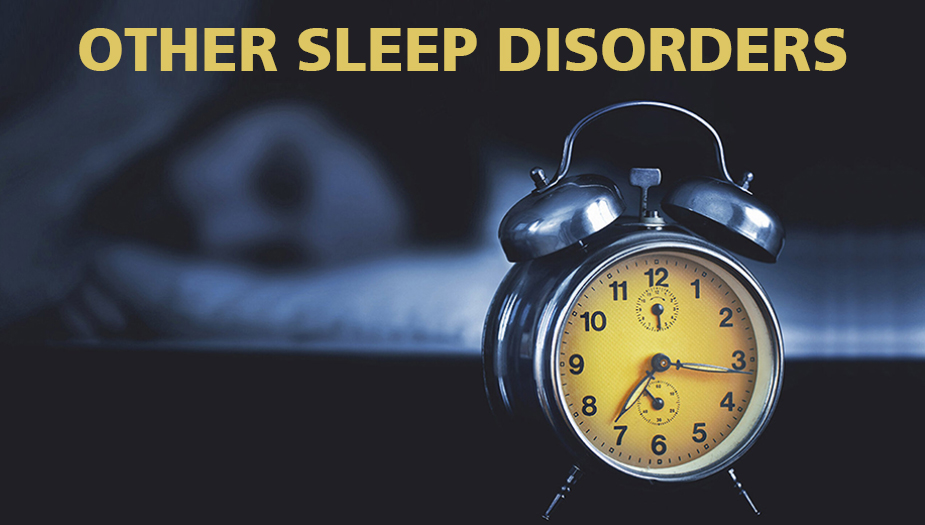
We have covered some more common sleep disorders like sleep terror and sleep paralysis, sleepwalking, and sleep talking. Parasomnia includes more than this. For example, the most common sleep disorders are RSL (Restless Leg Syndrome), Insomnia, RBD (REM Sleep Behavior Disorder), and Sleep Apnea. The collective term sleep disorder covers any issues related to sleep. Firstly, we will define some of these other common sleep disorders and some non-medical treatments at your disposal to help home-treat these symptoms. We can’t stress this enough: Many common sleep disorders are treatable. For example, many assume they have trouble sleeping and never discuss their sleep disorders with their doctor. If you are struggling, mention your sleep issues during your evaluation. If your symptoms are minor, there are certainly some things you can do at home to help.
Common Sleep Disorders
We focused on some more intense sleep disorders like sleep paralysis and sleep terror. However, the fact is there are many other more common parasomnia types. One you have probably heard of is insomnia. Insomnia is simply difficulty falling asleep, and it is acute (short-term) or chronic (long-term) insomnia. REM Sleep Behavior Disorder is when a person acts their dreams out as they happen, getting up and moving without being aware. Sleep apnea is a breathing-related parasomnia. There are also many others. Above all, we recommend you see a professional if your sleep disorder seriously affects your required sleep. For many of us, these disorders are infrequent or manageable. What if you have a mild sleep disorder? Some standard at-home solutions might certainly help.
Home-Treatment of Sleep Disorders
If your sleep disorder is minor or infrequent, there may be some self-help paths. For example, avoiding chemicals like caffeine that can disrupt sleep may be beneficial. Incorporating some additional exercise and an improved diet is proven to improve sleep. For instance, we have become so attuned to our digital devices looking at that phone screen before bed could be causing some sleep issues. Finally, incorporating some powerful audio induction technology before or while sleeping has dramatically improved the sleep status of many. Meanwhile, meditation and mindfulness might bring you closer to the rest you desire. Whether your parasomnia issues stem from sleep terror, sleep paralysis, or something less intense, understanding the root cause and a path to remedy is your best approach. We wish you the best sleep of your life, no matter your route to success.
Today we learned about parasomnia and disruptive sleep disorders that include sleepwalking, sleep paralysis, nightmares, sleep terror, etc. We explored the types, symptoms, and causes of parasomnia. Finally, we looked at some solutions that may help with your sleep disorder.
CLICK HERE TO TRY AUDIO INDUCTION TECHNOLOGY THAT HELPS YOU SLEEP
TO ALL OUR READERS, today we humbly ask you to help our little blog. For over ten years now, BinauralBlog.com has been producing fantastic mindfulness articles. We do not beg for donations, use any intrusive popups, sell any form of user data, or fill our content with ads. How do we sustain ourselves? We need shares, plain and simple. The time has come for us to make a simple request. Please, if you enjoyed this article and want us to keep producing content - use any (or all) of the CIRCULAR SHARE BUTTONS ABOVE to help support our little blog. Thank you from the Binaural Blog, Founder & Team

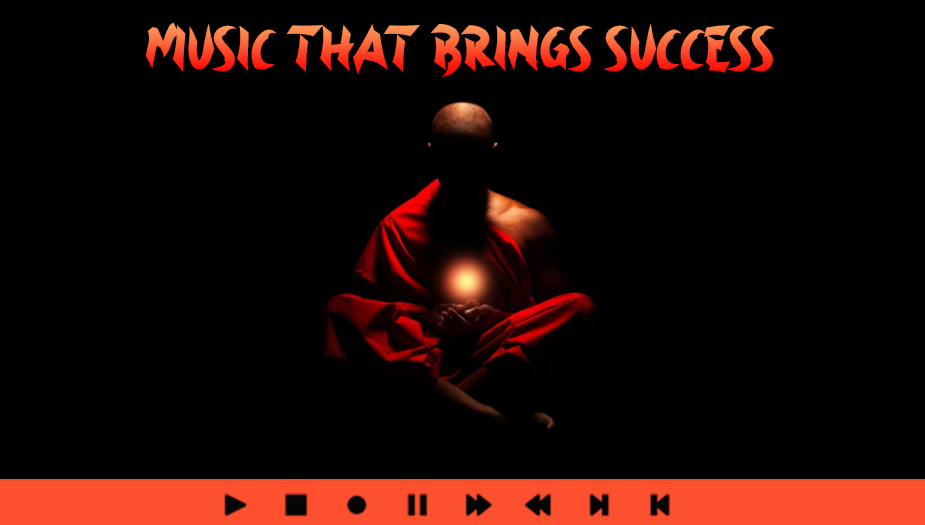
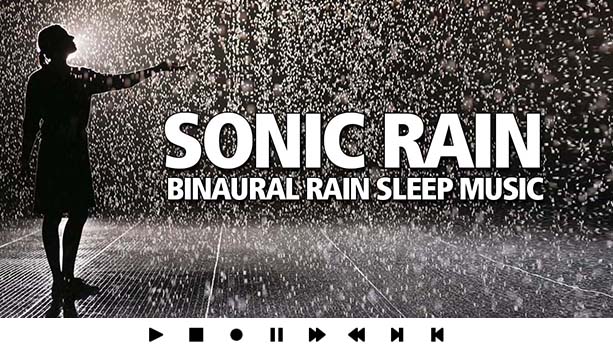
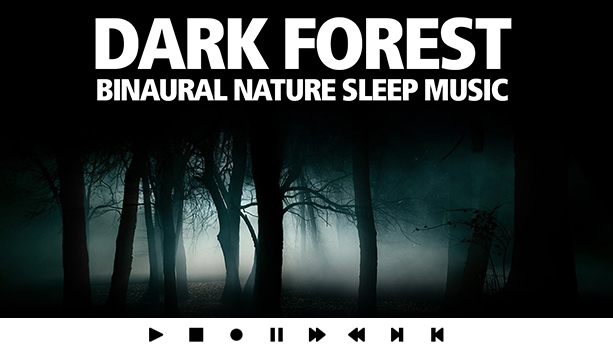
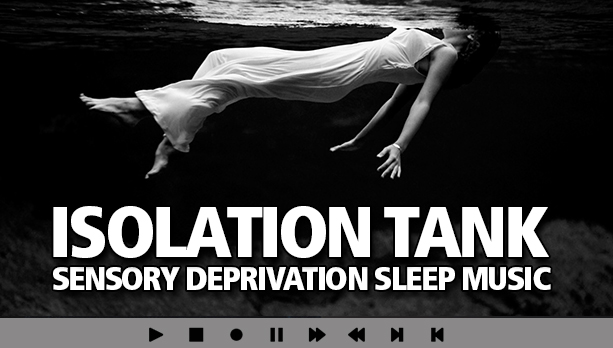
I have been suffering from insomnia and paralysis for years. I did the whole overnight stay for evaluation and only got prescribed sleep pills that made me feel worse the next day. I only found help with some of the good sleep music like binaural beats nature sounds and white noise.
My sleep paralysis turned out to be my body attempting an OOB out of body experience. Once I grasped this and didn’t fight it the fear left and the exploration started. Don’t be afraid.
I have been abducted by extraterrestrials over a dozen times in my life and I used to think it was sleep paralysis. It was the close encounters causing the blank paralysis and terror. They haven’t visited me in over 2 years though.
I would also recommend exploring lucid dreaming. Being aware of my dreams and having some control let me also take control of the sleep issues I was having. Now I am a master of my sleep domain.
Would you recommend seeing a doctor if I only have a sleep related event every week or two?